Over the past year or so I
have become acquainted with Michael C. Keith, a professor of
Communications at Boston College, a scholar of talk radio and other
media, and the author of the memoir “ The Next Better Place” (
Algonquin Books). His memoir, as described in a review on http://www.ew.com/ is:
... a heartbreaking memoir of staggering mileage. In 1959, 11-year-old Keith and his father set off from Albany, N.Y., for the shining El Dorado of California, hitchhiking, hunkering on Greyhounds when they could, sleeping in cars, rooming in boarding houses (and skipping town without paying the rent). Keith’s adventure quickly degenerated into babysitting his alcoholic dad, pushing the boundaries of personal hygiene, and flirting with the law. It’s the shabbier side of America, but the sense of freedom Keith tasted comes through loud and clear, as does his affection for his father.
Keith is a prolific writer in many genres. He is also on the board of the Newton Writing and Publishing Center in Newton, Mass. I plan to use his memoir in my creative writing seminar at Endicott College this fall, and have him lecture as well.
... a heartbreaking memoir of staggering mileage. In 1959, 11-year-old Keith and his father set off from Albany, N.Y., for the shining El Dorado of California, hitchhiking, hunkering on Greyhounds when they could, sleeping in cars, rooming in boarding houses (and skipping town without paying the rent). Keith’s adventure quickly degenerated into babysitting his alcoholic dad, pushing the boundaries of personal hygiene, and flirting with the law. It’s the shabbier side of America, but the sense of freedom Keith tasted comes through loud and clear, as does his affection for his father.
Keith is a prolific writer in many genres. He is also on the board of the Newton Writing and Publishing Center in Newton, Mass. I plan to use his memoir in my creative writing seminar at Endicott College this fall, and have him lecture as well.
Q: Why did you use first person
narrator?
A: I mulled it over for quite a while,
but in the end I felt it would be the most authentic way to convey
the account. I believe a memoir works best when it is told in the
present tense. That is to say, not from the faraway past. It also
occurred to me that it would be the most colorful way to tell my
story. I selected an 11 year-old narrator because at that age a
person understands a lot but certainly not everything. So it struck
me that the naiveté’ or innocence of the kid could work to enrich
the perspective of the dominant character. Eleven year olds are very
quirky. I was very quirky at that age. I wanted to capture that.
Q: How hard was it to capture the
voice of the 11 year-old as a middle age adult?
A: Surprisingly easy. I believe I had
retained that 11 year-olds’ voice in my head my whole life. From
the beginning, it was just there. It came effortlessly. It wasn’t
something I really had to work at. I never did try to write the
memoir from the POV of an adult. I think that would have been much
more difficult and less effective.
Q: Malachy McCourt advised memoirists to
stretch things and not to get caught up in exact facts. What are your
thoughts on this?
A: The writer Tony Early observed
that: “A memoir is a combination of memory and imagination.” I
agree with that to the extent that one must first and foremost recall
things as clearly as possible and when there are gaps in one’s
recollection, invention may be acceptable and necessary. However,
that invention should be confined to specifics and details and not
the manufacture of things that never happened. Let’s say the
invention part should be confined to coloration (perhaps modestly
enhancing the quality of a character’s personality) and the
reconstitution of names and dates that elude memory. A memoir should
never be fiction, not even partially fiction. I think that is a
corruption of the genre. Tell it like it was, was my mantra and she
should be so for any memoirist. If you have to fictionalize a memoir,
call it a novel, because that’s what it is.
Q: How would your father have reacted
to the book?
A: I think with mixed feelings. He
would have resented the parts wherein he was depicted as a drunk or
con man. On the other hand, I believe he would have been pleased that
the story had been captured in book form. He would have been somewhat
in awe that I had published it. Still, he would have had many gripes,
just as he did when he was alive.
Q: Explain the book’s structure, the
short chapters, for example:
A: It’s chronologically framed to
reflect our hitchhiking odyssey to California from Albany, NY, and
back. The book’s narrative is spread across 15 months but is really
a compression of 12 years of road travel. This took some
consideration, but for the sake of plot and tension, condensing the
dozen years into several months made the best sense. The memoir
consists of some 69 mini-chapters and 7 sections. Each chapter
depicts an incident of some sort. It made sense for me to structure
the memoir this way, since I like to write in increments––short
bursts. The idea, too, was to reflect the passage of miles––to
create a feeling of motion/movement. Early on, I was taken with 70s
counterculture author Richard Brautigan’s use of short (micro)
chapters and the titling of each of those chapters. For me, this
approach allowed for greater creativity. Each chapter title serves as
a sort of précis for the content of a particular chapter. Holding
with the idea of movement, the titles are road markers, if you will.
Q: Why the movie references?
A: Movies were an integral part of my
life on the road. Whenever I could, I took in a movie. In many
respects they became my classroom, since I spent little time in
actual school. They primarily served as an escape from the hardships
of the road. In the movies, everything was perfect and all things
seemed possible. They had a profound influence on me. I wanted to be
like the good and righteous heroes depicted in the films, and the
heroes were typically people of accomplishment. I took great
inspiration from the stories and their plots, and I think they had a
profound impact on the direction I took as an adult. For the two
hours I spent in the darkness of a theater, all seemed right with the
world. Movies also fanned my desire for adventure and kept me longing
for the next better place that may exist down the road.
Q: How many times did you rewrite the
memoir?
A: It took a numbers of years to
produce the penultimate manuscript. I’d write a few pages and then
move on to something else. A year or two later something would
motivate me to begin again. At one point, I thought I’d write it as
a screenplay, but that was a genre essentially unfamiliar to me as a
writer, so I’d return to the book form. The first version of the
manuscript was 320 pages. It contained a prologue and epilogue. The
first section was kind of an account of my early adult leading up to
the recollection of my days on the road with my alcoholic father. The
epilogue attempted to convey the rest of my life up to now. In the
aggregate, the two sections accounted for about 40 pages of the
manuscript, with the mid-section numbering about 280 pages. It still
didn’t seem right to me at the time, so I set it aside yet again.
I’ve always read a lot of memoirs, and it was the reading of
“Angela’s Ashes” that caused me to return to my memoir. I had
an epiphany that clarified for me the problem with my manuscript. I
realized I did not need the prologue and epilogue; that the
manuscript’s mid-section was the book and as such complete
and perfectly organic. It ended up being the book Algonquin published
and with virtually no changes or revisions. The diamond had been
there all along but obscured by unnecessary pages.
Q: What does all the reference to open
space symbolize?
A: The potential of God, I could
say––although I’m not religious. The high plains with their
unobscured vistas filled me with a sense of sublime freedom and
possibility. In a story I wrote about the power of the high plains,
the protagonist observes, “It’s like standing on the forehead of
God.” I really did feel like I could make contact with the cosmos .
. . touch the heavens. That feeling has never gone away.
Q: What makes your book cinematic?
A: It’s highly visual and the
characters are unusual and, to a considerable extent, pretty
fascinating––two things important to any film. Furthermore, it’s
the story of a unique relationship, one possessing universal themes.
It also mixes humor with pathos to give it great texture.
Q: What are the 5 most important
elements of a memoir?
A: 1.) A good story, 2.) engaging
narrative, 3.), colorful description, 4.) clear theme(s), 5.)
satisfying outcome/conclusion/resolution.



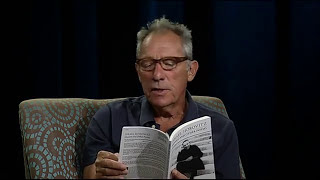
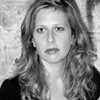






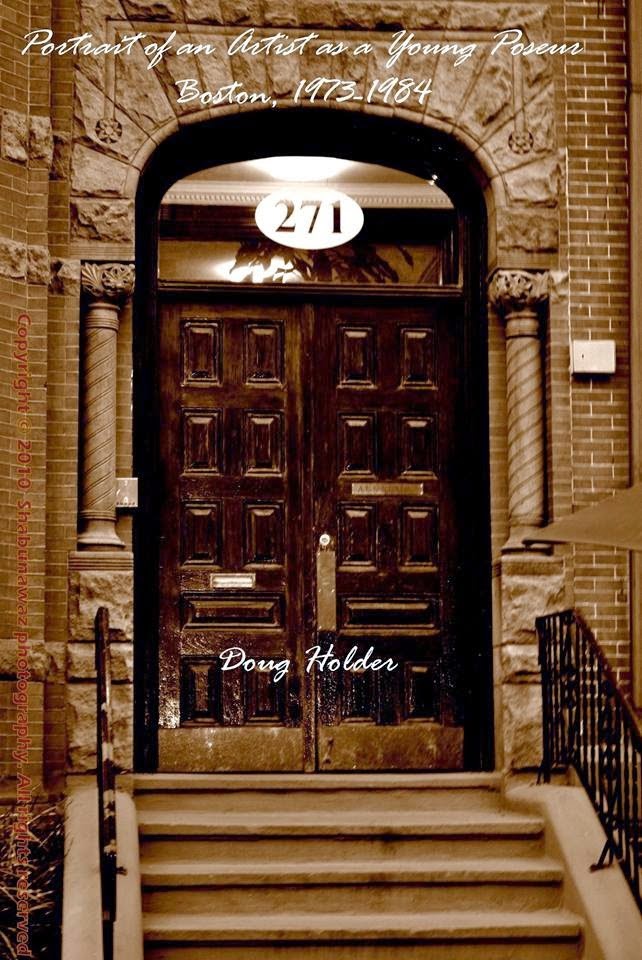

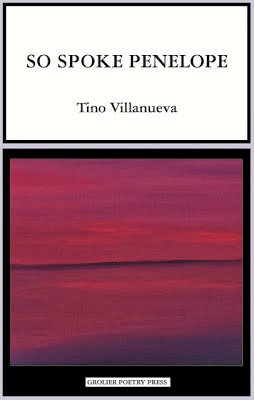
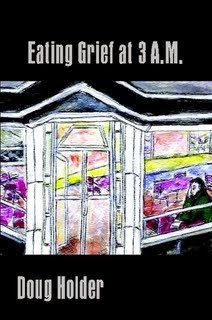
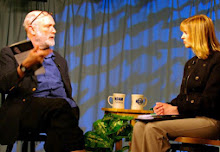








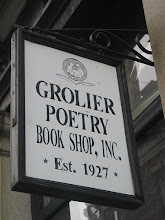



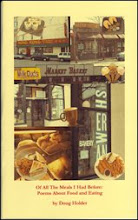




No comments:
Post a Comment